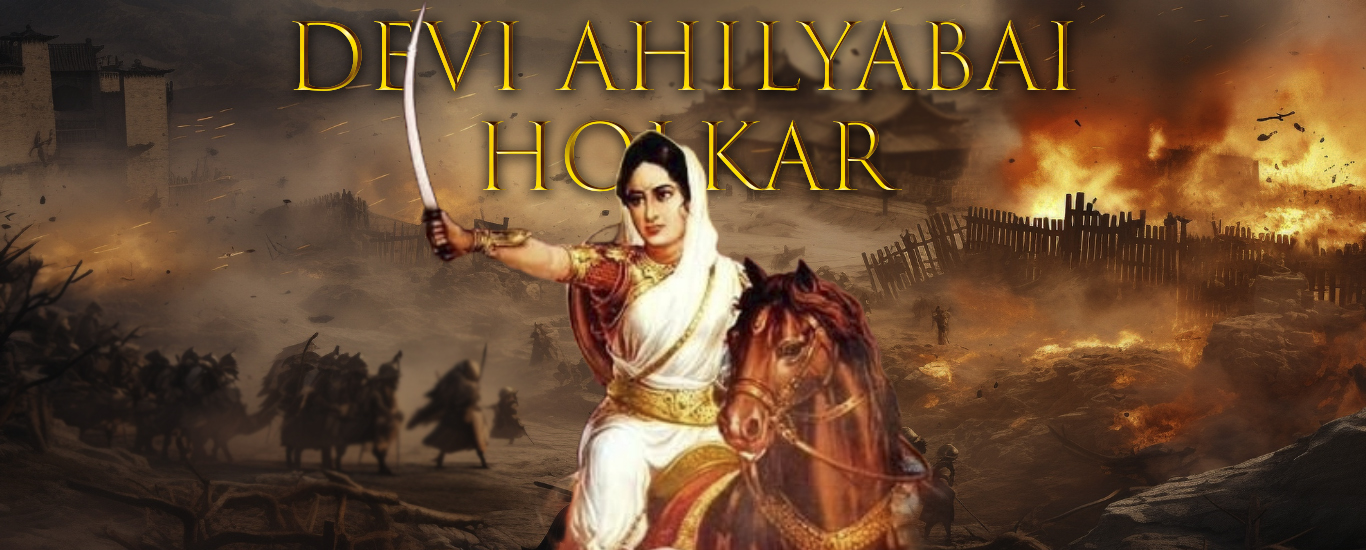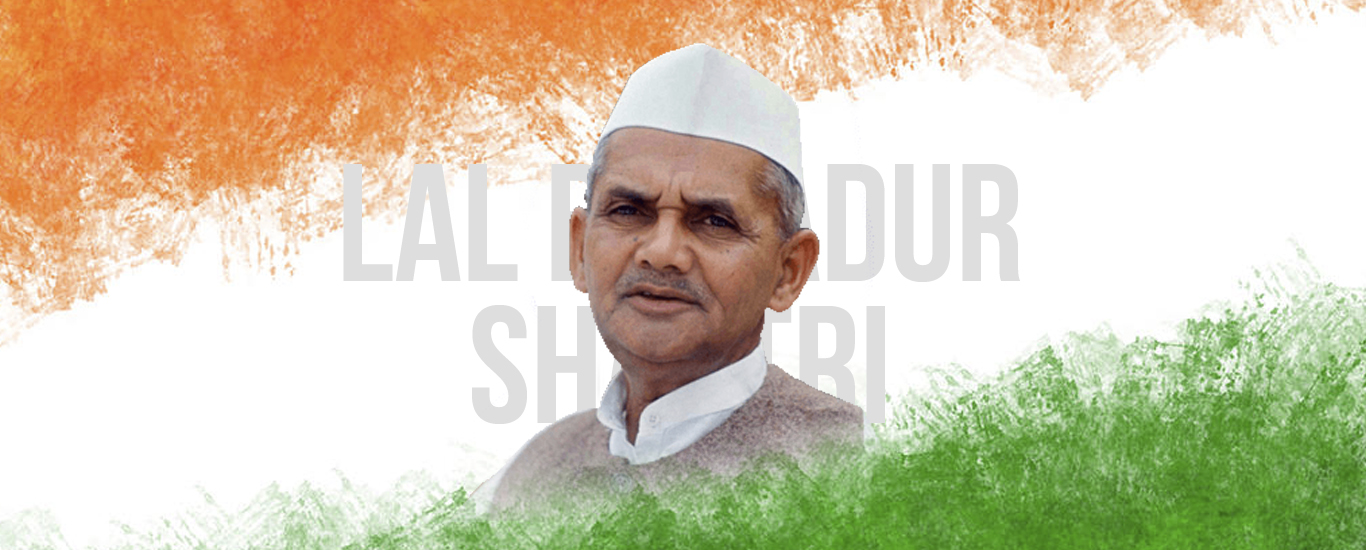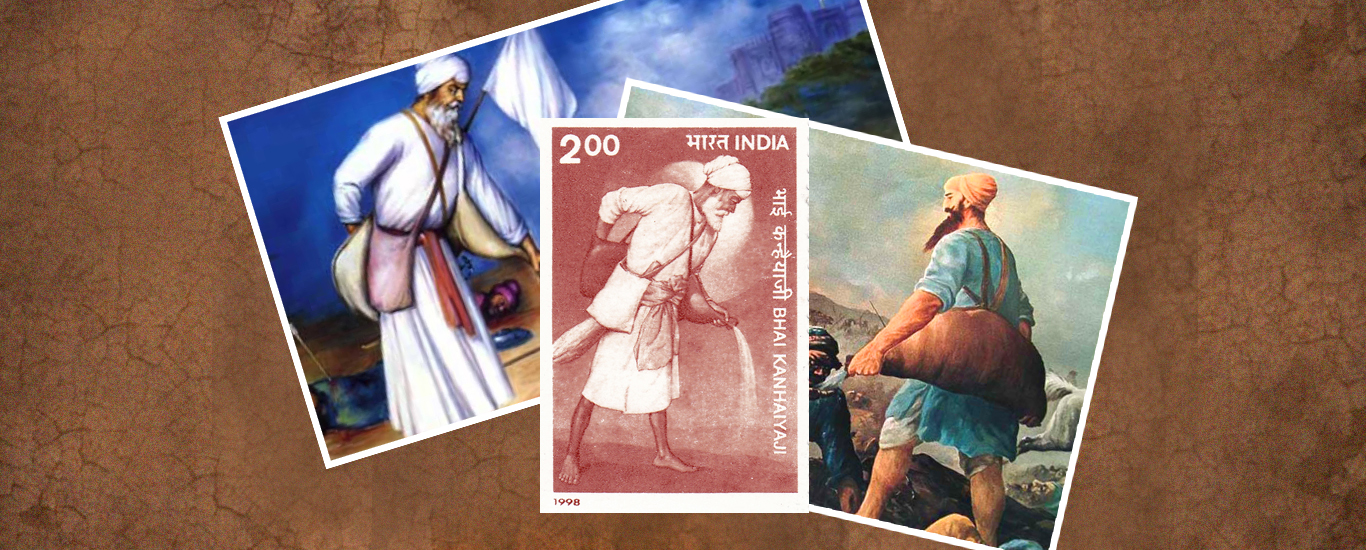Bhagawan Gopinath Ji
One of the most notable saints, Jagadguru Bhagawaan Gopinathji who have ever blessed the sacred land of India. Different from the other saints, in his lifetime, he was called Bhagawaan as all the six attributes which that word stands for were seen in him. Having gained liberation or mukti while still in the gross body, he was a Jeevan-mukta to which he was not attached in the least. Shaivites called his spiritual state as Shsembhavi avasthaa which means the state of Shiva Himself and the Vendantins, Brahrnisthiti (the state of ever dwelling in Brahmin, or God without a form).
He included the practice of “self-enquiry” (atma vichara) in his teachings as highly worthwhile in assisting a seeker gain self-realization. He considered lust and ego as impediments in one’s spiritual growth and extolled the virtues of honesty and truthfulness.He never compared between religions and regarded Hindus and Muslims to be one and the same., he spent considerable time meditating at various shrines during various periods of his life in Kashmir as he considered it spiritual merit and would recommend the same to spiritual seekers.
Early Life
On 3rd July, 1898, Bhagawaan Gopinathji, was born into a middle class Kashmiri Pandit family at Banamohalla, Srinagar, Kashmir. His father’s name was Pandit Narayan Joo Bhan. When he was only twelve, his mother Shrimati Haara Maali, died. He was schooled only up to the Middle Standard, but Bhagawaan Gopinathji, had taken well whatever he had been taught at school. He was also familiar with languages like Persian, Sanskrit, Hindi and Urdu. Including his ancestral house Bhagawaan Ji lived in eleven different houses. These comprised the house of a niece of his at Chandapora where on 28th May, 1968, he gave up the mortal frame.
Bhagawaan Gopinathji had to work as the family was in dire financial status. So, he started working at a local printing press as a compositor at the young age of fifteen. He ran a grocer’s shop in his twenties, where he seemed to be generally absent minded, being absorbed in meditation. The family forced him to marry, hoping that marriage would bind him to the world, and so he would be a permanent financial support, but he was adamant in his refusal.
One other important thing of his young age was his hobby to visit the great saints of that time. Some of the saints he visited were Swami Baalkak, Swami Jeevan Saheb and Swami Zana Kak Tufchi.
During his young age, he used to recite the sacred Hindu hymns by heart like Indrakashi Strotam, Bhavani Sahasranama, Panchastavi, Vishnu Sahastranam, Shivastrotavali, Shiv Mahimna Strotam, Guru Gita and vaaks (poetic couplets) composed by some local saints. Anyhow, he had a noticeable interest for Bhagvad Gita. Right till his last day due to his keen interest he used to keep a copy of the book close to where he would sit for his meditation.
His spiritual master
Nobody knew for sure as to who Bhagwan Gopinath’s spiritual guru was. A few of his relatives thought that he earned spiritual introduction from his own father while Janaki Devi, his younger sister, was of the view that Swami Baalak Kaw was his spiritual master. However, a devotee inquired a few years before his death, as to who his guru was. As a response, Bhagwan Gopinath is said to have pointed towards Bhagvad Gita and commented that anyone of its 700 verses can be regarded as one’s spiritual master. His principal biographer, S. N. Fotedar, who has joined with him for over two decades, tried to lay his hands on all the evidence he could in this regard and at last went with the belief that Swami Zanakak Tufchi was his spiritual master.
The miracles of Bhagwan Gopinath
Around 1938, his followers began to record and attribute his diverse miracles to him like blessing issueless couple with children, treating incurable diseases, bilocation, bringing back dead to life as the situation demanded, mind reading, materialization, assisting people to see the deity of local shrines like Kheer Bhawani and Hari Parbat in human form and also in the form of their glory and much more, which have been precisely documented primarily by his principal biographer and also by other devotees.
Miracles has been reported by his followers even after his death. an officer of the 18th Battalion of The Grenadiers regiment of Indian Army on 3 July 1999, allegedly saw him at the battle front during Kargil war, directing an assault operation to recapture Tiger Hills. During the 1947 war, another sighting was reported by an officer of the Indian Army.
His last days
A few years before dying it was often heard him saying that he had grown old and dropped hints that his last days were likely to be near. As a part of his daily routine on the morning of 28 May 1968, he washed his face, tied his turban and applied a saffron mark on his forehead (called tilak in Hinduism). He gave the sadhus all the money he had in his cloth purse. It was said that he then went into a state of meditative trance called samadhi till about 5:30 pm when he asked for some water and was assisted to drink a tumbler full of sweet water. He breathed his last breath till 5:45 pm and his recorded last words were Om Namah Shivaya (the mantra of Lord Shiva).



